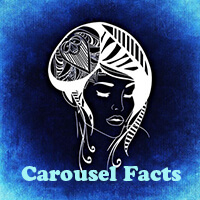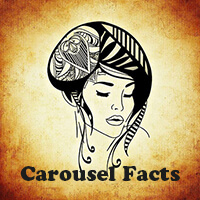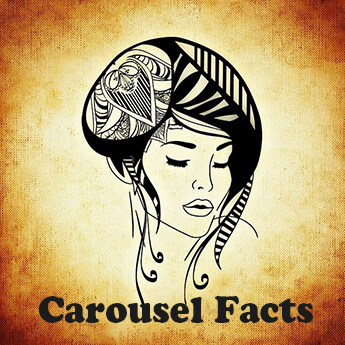The Heart - Facts
There is something awesome occurring each second, every instance of each day in your body. The heart, which is among the organs of your body, operates 24/7 to continuously propel blood inside your lungs.
Here, it takes in oxygen and then propels blood to other parts of your body and provides oxygen and nutrients, while getting rid of waste products. It would not be possible for you to survive for a second, if this engine stalled!



Location of Your Heart
Your heart is situated in the middle of your chest. Rather than lying directly under your skin, the heart is found at the rear of your breastbone, within your ribcage, in the middle of your lungs.
Dimensions of Your Heart
In size, the heart is almost similar to your fist.
Appearance of the Heart
The heart represents a muscle, similar to other muscles inside your body. It has a mass of around one pound (lower than ½ kg)
Heart Chambers…What are they?
Four chambers are present in the heart, which can be regarded as the heart’s ‘rooms.’
Two atria are present as well as two ventricles. Blood is supplied from the lungs and body to the atria. After this, blood is propelled back out by ventricles; initially to the lungs and afterwards to the body.
Functions of the Heart
This muscle produces 70 beats in one minute and blood is pumped in a single route all through your body via blood vessels. The vessels and heart form the circulatory system. Through heart valves, blood is prevented from moving in the wrong direction.
Each day, many liters of blood are pumped throughout your body. Pumping out of blood from the heart occurs in two routes. It initially transmits blood, which is devoid of any oxygen to the lungs from the right ventricle in order to obtain oxygen.
After the blood that is full of oxygen returns to the heart and to left atrium, it is driven from left ventricle to all other areas of the body. Blood goes back to the heart after submitting its oxygen, to right atrium to begin the procedure of obtaining oxygen once more.
Functions of the Valves
Valves are located between chambers and prevent blood from moving in the wrong direction. By opening and closing, valves assist blood to flow via the heart to the correct area at the correct period.
Blood gushes inside the chambers after the valves open. Following closure of the valves, constriction of the heart occurs and blood streams out.
In human beings, the heartbeat slows with age. In the course of working out, muscles require extra nutrients and oxygen; therefore, blood should be submitted quicker compared to when there is no activity of the body. The heartbeat goes up to cater to these requirements.
The hearts of all vertebrate vary. For instance, a fish heart differs from a mammal heart, although the two are vertebrates. Mammals and birds consist of a heart with 4 chambers, which separates blood, which is rich in oxygen and blood that lacks oxygen.
Fish consist of a heart that has two chambers. In amphibians, the heart has three chambers, a single ventricle and two atria. In some reptiles, the ventricle is partially separated; however, the rest possess a heart of 4 chambers.
Try to keep a healthy heart
Those who are at a higher risk of suffering a heart attack or stroke (brain attack) are theose who are overweight, are smokers, have high cholesterol, high blood pressure (hypertension), or diabetes.


